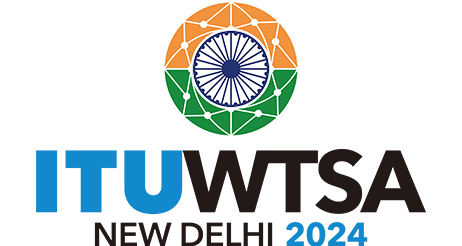500 water ATMs on cards to check use of plastic bottles

The drinking water and sanitation department of Uttarakhand will install more than 500 water ATMs across the state, especially on Char Dham routes, to curb the use of plastic water bottles that pose dangers to the environment, officials said.
Currently, around 60 water ATMs along with the water testing display units have been installed at various points from Rishikesh to Devprayag, said Peyjal Nigam officials.
” We will install 500 state-of-the-art water ATMs at every tourist spot to provide clean and quality water to all and reduce the dependence on the plastic water bottles which are a major source of environmental degradation in the state,” said Nitesh Jha, secretary, drinking water and sanitation department.
“The quality of water at these ATMs will also be displayed so that the tourists are aware of the high standard of water being provided to them. Later, the government will make the quality process of all these water ATMs online.
“The quality of an ATM can be observed from any place in the state,” Jha said.
The water ATMs will be managed by the local youth, so they will serve as a source of self-employment, said officials.
Currently, there is no special arrangement for drinking water at the tourist places. Tourists are doubtful of the quality of the tap water and prefer bottled water, leading to piling up of plastic water bottles that harms the environment in the absence of proper disposal.
Abhijit Sarkar, a tourist from Kolkata in Rishikesh, said, “ We are avoid drinking tap water fearing it to be of sub-standard quality. If clean water is provided to us on the Yatra route, then we will not be inclined to use plastic water bottles.”
Experts say tourists and pilgrims drink water and throw bottles anywhere in the open and this plastic waste pollutes the river system.
Anoop Nautiyal, founder of Dehradun-based SDC Foundation who has been fighting against pollution and environmental degradation in Uttarakhand, said with a huge influx of pilgrims and tourists, waste management in the Himalayas is emerging as a major challenge.
“If 50 lakh pilgrims come for 2022 Char Dham Yatra, spend on an average 10 days and only 50% buy 3 water bottles/day, 7.5 crore plastic bottles would get sold in 6 months. This gives us some rough idea about the quantum of waste that is being generated in the state during Char Dham,” Nautiyal said.
He said huge quantities of plastic water bottles are sold annually to millions of tourists and pilgrims across the state which pose an immense environmental challenge, which is graver in the hilly areas where the plastic waste disposal mechanism is limited.
“The water ATM scheme is a commendable initiative and authorities should ensure its successful implementation. They should take a leaf out of the Sikkim government that has fully banned all plastic water bottles below two litres from January 2022,” said Nautiyal.
Anuj Bhardwaj, a tourist from Delhi, said, “Displaying the quality of the water at the water ATM sites is a good move as it will instil confidence among tourists like us who prefer water bottles fearing that tap water could be of substandard quality.”












